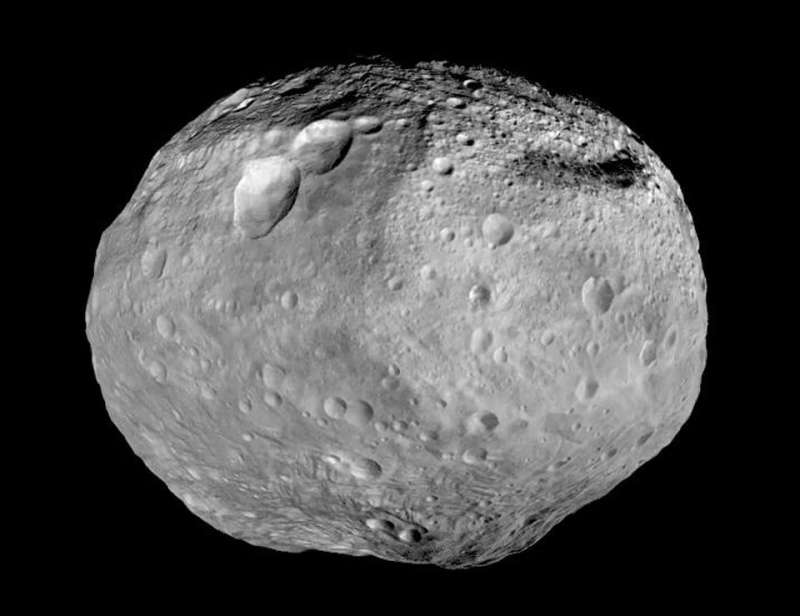Explanation: Next stop: Ceres. Last week the robotic Dawn spacecraft ended its year-long mission to asteroid Vesta, becoming the first spacecraft ever to visit this far off world located between Mars and Jupiter, in the Solar System's main asteroid belt. Many of the best images taken by Dawn at Vesta have been compiled into the above encompassing view. Vesta shows evidence of being a leftover from the early years of our Solar System, a building block for rocky planets like Earth. Vesta's ancient surface shows heavy cratering and long troughs likely created by huge impacts. The minor planet's low gravity allows for surface features like huge cliffs and a large mountain that reaches twice the height of Earth's Mount Everest, visible at the image bottom. Vesta, however, spanning about 500 kilometers across, is only the second most massive object in the asteroid belt. And so, two weeks ago, Dawn fired its gentle ion rockets and has begun chasing the most massive: Ceres. If everything goes as planned, Dawn will reach Ceres in 2015. Ceres looks quite different to the distant telescope -- but what will Dawn find?
Help evaluate APOD:
How old are you?
a href=
1999 2000 2001 2002 2003 2004 2005 2006 2007 2008 2009 2010 2011 2012 2013 2014 2015 2016 2017 2018 2019 2020 2021 2022 2023 2024 2025 |
Январь Февраль Март Апрель Май Июнь Июль Август Сентябрь Октябрь Ноябрь Декабрь |
NASA Web Site Statements, Warnings, and Disclaimers
NASA Official: Jay Norris. Specific rights apply.
A service of: LHEA at NASA / GSFC
& Michigan Tech. U.
|
Публикации с ключевыми словами:
Vesta - Веста - космические аппараты - астероиды
Публикации со словами: Vesta - Веста - космические аппараты - астероиды | |
См. также:
Все публикации на ту же тему >> | |
